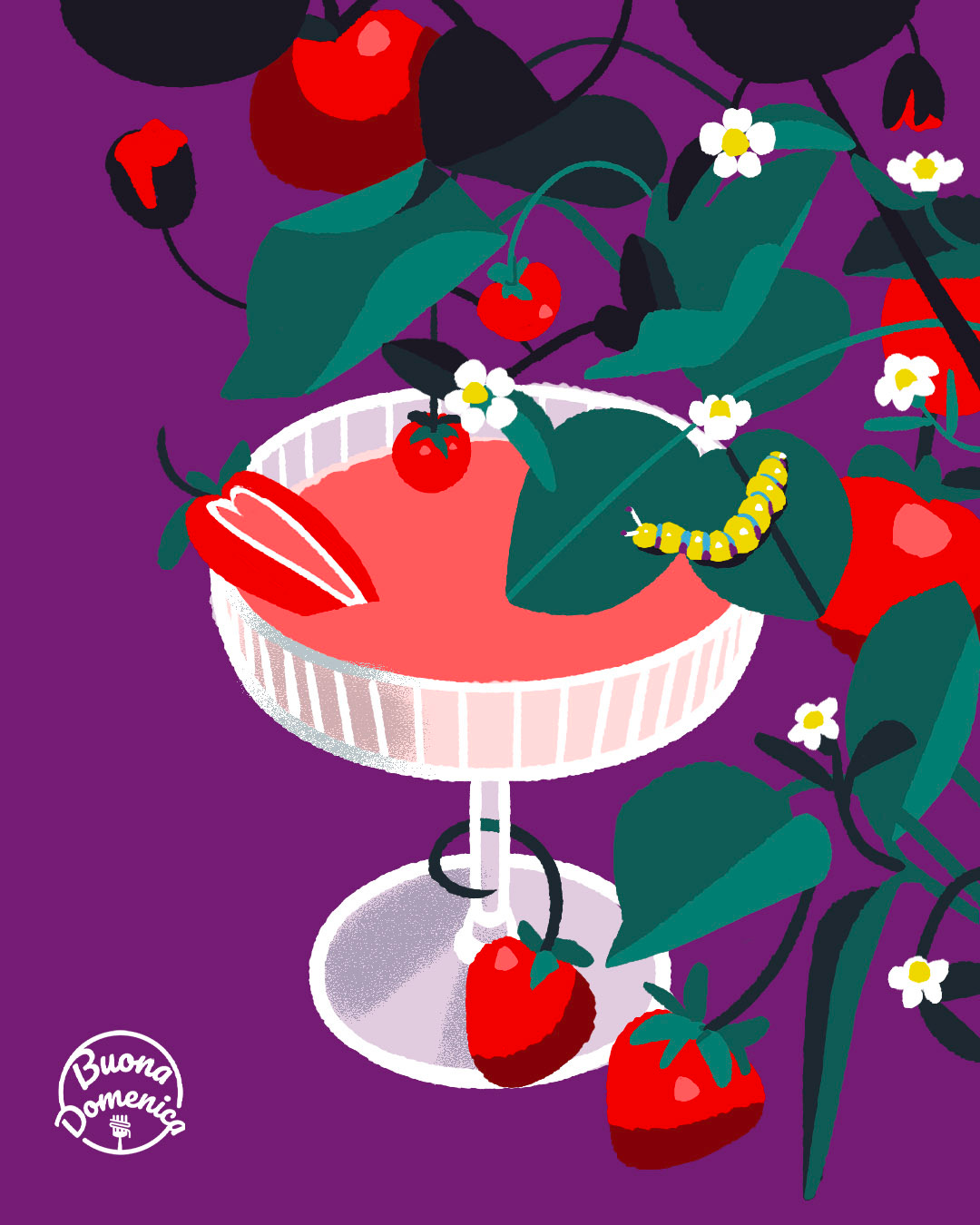
NOTE: I will be taking a short break from the newsletter next week while I work on manuscript edits for my latest cookbook. The next newsletter will publish on July 6.
* * * * * * * * *
Benvenuti! Welcome to Buona Domenica, a weekly newsletter of inspired Italian home cooking and baking. I’m a journalist, cooking instructor, occasional tour guide, and author of eight cookbooks on Italian cuisine.
Want to become a better food writer? Join Kathy Gunst and me for Food Writers in Piemonte this October! Details here.
This week’s recipes are: Crema di Fragola (strawberry cream liqueur) for all subscribers; and Crema di Limoncello (lemon cream liqueur), Lemon Granita, and Homemade Sambuca (anise liqueur) for paid subscribers.
Check out the entire Buona Domenica archive here, and the full index of recipes—209 and counting—here. All archived recipes are accessible to paid subscribers. If you are able to, please consider upgrading your subscription to support this newsletter.
And if you enjoy reading this newsletter, please click at the little heart at the top of this post. This helps to bring visibility to Buona Domenica and our Italian food-loving community. Grazie!
We have entered the dog days of summer. Meaning that when you step outside here in the mid-Atlantic, you immediately feel like you are being breathed upon heavily by a giant invisible St. Bernard. My daily walks have gone from being a form of self-therapy, where I get to listen to audiobooks and podcasts, to a form of self-torture, where I get to listen to audiobooks and podcasts while feeling like I’m fighting my way out of a mildewed shower curtain.
These humid days are often punctuated by fierce afternoon storms, the skies darkening quickly and ominously, winds kicking up, rain lashing at the windows. My husband and I landed in D.C. on one such afternoon a few years ago on a flight home from Italy. The plane dipped and swooped precariously; it felt like we were hurtling through space on a blow-up mattress. It was…memorable.
I actually enjoy a good storm, and even plain old rain. It puts me in a reading mood, and it means I don’t have to water the garden. It cools things down and sweeps away the heavy air, if only briefly.
On the most humid evenings, or after a summer rain, I like to indulge in a favorite after-dinner ritual, which is to pour myself (or ask my husband to pour me) a small glass of chilled liqueur. It can be limoncello, if that’s all that’s available. But if I’m lucky, I’ll have a stash of several to choose from. I keep some of these in the freezer; the alcohol prevents them from freezing solid, and their cold viscosity is especially welcome on these warm nights.
I get my love of liqueurs—amari, digestivi, cordials—from my dad, who always kept a selection in a dining room cabinet. Whenever my folks gave a dinner party, the meal always ended with Frank pulling out bottles of Centerba or Strega or grappa. (I still have a straw-encased bottle of Centerba from my dad’s collection; I can’t bring myself to throw it away.) In their later years, long after their dinner party era, my parents would sometimes have a digestivo in the evening before bed. Saffron-tinged Strega was their favorite. It was a sweet custom, one which my husband and I have found ourselves adopting lately.
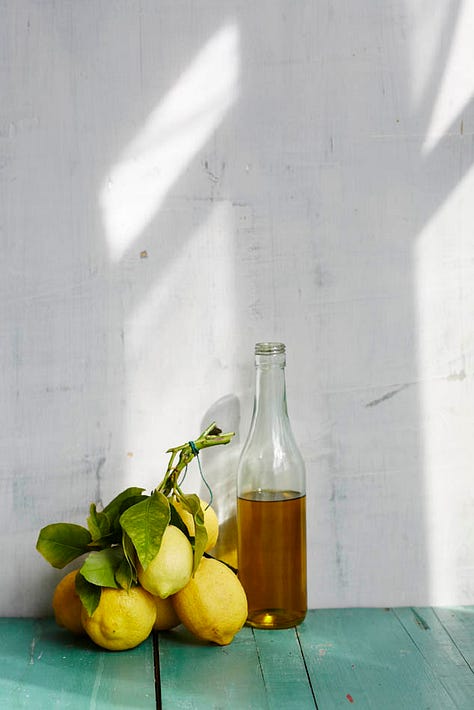


I started making homemade liqueur nearly two decades ago. Like many people who take up this hobby, I began with limoncello. I liked the process of slicing the strips of peel off the fruit, the scented oil permeating my fingertips, then waiting and watching as a transformation took place over weeks, the thin lemon peels leaching their sunny color into the clear liquid and turning brittle as they gave up their oils and flavor. After limoncello came crema di limoncello, a more luscious version made with milk and cream, which I had tasted at a friend’s house in Italy. In my book Preserving Italy, there are recipes for both versions of limoncello, along with three-citrus liqueur, homemade Vov (zabaglione liqueur), coffee cream liqueur, strawberry cream liqueur—like an adult strawberry milkshake—and nocino (walnut liqueur).
I’m waiting for a shipment of green (young) walnuts so I can start this year’s batch of nocino. But I recently made three other liqueurs, and those are the recipes I want to share with you this week. Two are the aforementioned crema di limoncello and strawberry cream liqueur, or crema di fragola in Italian, which I made with small, juicy red farmers market berries. The other is homemade Sambuca, anise liqueur. It was my first attempt at Sambuca, and it was successful thanks to a recipe from
’s book Sicily, My Sweet.Do you have a favorite summer liqueur or beverage? It does not have to be alcoholic!
TIPS FOR MAKING HOMEMADE LIQUEURS
If you are new to making liqueur, it’s pretty easy. There is no water-bath canning or pressure canning involved; just steeping ingredients—fruit, herbs, spices—in alcohol and then combining the infused booze with simple syrup, milk or cream, or wine. Time is the key ingredient here; time to let the flavor of the fruit or spices transfer to the alcohol, and time to let the mixture “cure” or age so that all the flavors meld and mellow nicely. Here are a few tips to get you started:
Alcohol: Use a flavorless alcohol, such as Everclear or vodka. For a long time, I used obscenely strong 190-proof Everclear, because I had a source who could get it for me in large quantities (Hi, Anne!). But at that strength, it does tend to make one’s eyeballs shrivel, so I have switched to 150-proof. For vodka-based liqueurs, I use 100-proof, as 80-proof doesn’t have quite the kick I like in a liqueur. That said, I almost always use Everclear when I make liqueur. What can I say—I like that burn at the back of the throat.
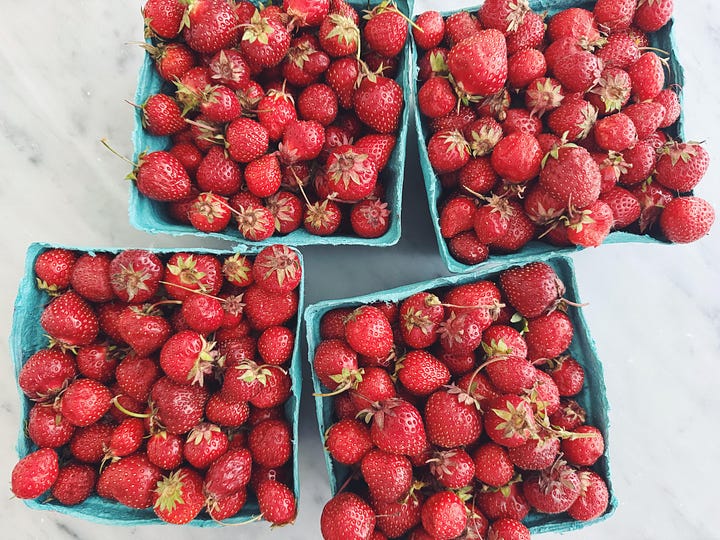
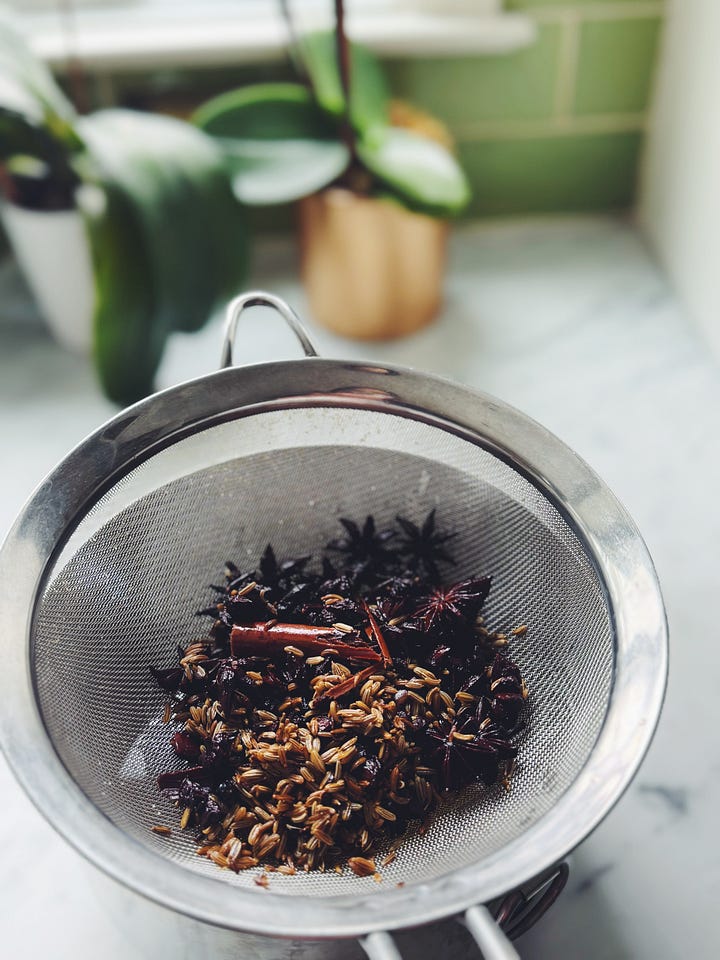
Fruit, herbs, spices: Now is not the time to use “seconds” from the farmers market. If you steep your alcohol with overripe strawberries or bruised cherries, your liqueur will take on those muddy, off flavors. Same goes for herbs and spices. Choose peak-fresh herbs and spices that are well within their expiration date (newly purchased is best).
Equipment: You don’t need any special equipment; just a large jar (I use a 1-gallon swing-top) to make your infused liqueur; a couple of swing-top bottles or rinsed-out liqueur bottles; cheesecloth and a sieve or strainer; a funnel; and coffee filters.
Filtering: Some liqueurs require more attention to filtering than others. For example, strawberry cream liqueur only needs to be filtered through a fine-mesh sieve lined with tight-weave cheesecloth. Sambuca and nocino need a more rigorous filtering because of oils and sediment released by the steeping of spices. For this, I use coffee filters and I usually repeat the process once or twice. Limoncello also benefits from being passed through coffee filters to capture its oily residue.
Time: I always think of my friend Jenny Linford’s wonderful book, The Missing Ingredient: The Curious Role of Time in Food and Flavor, when I make liqueur. Jenny’s book reveals how time—seconds, minutes, hours, weeks, months, and years—plays a crucial role in all of cooking, whether you are frying an egg, bottling liqueur, or curing a leg of prosciutto. Giving your liqueur the time to, first, properly infuse, and then cure over a period of weeks or months, makes all the difference in quality. Some liqueurs are ready within a few weeks; others need longer. Some last up to a year, maybe two; others for a decade or more. I find that limoncello starts to lose its lemony zing after a year or so, while nocino only gets better—rounder and more mellow—as the years pass. I still have a couple of bottles of from 2015, when I was testing versions for Preserving Italy.
As I was working on this newsletter, my friend and colleague
published her own post on making homemade liqueurs, with links to recipes and a video. I recommend you check it out; there’s lots of good info (it’s behind a paywall so you need to be a paid subscriber to view it in full).RECIPE: Crema di Fragola
The inspiration for this creamy strawberry liqueur comes from La Baita della Sceriffa, a rustic picnic spot in the Gran Sasso mountains of Abruzzo. La Baita is where locals go to grill arrosticini, the savory grilled lamb skewers that are a specialty of the region. After lunch with friends one afternoon, we chatted with the owners and were treated to a selection of housemade liqueurs. That was the first time I tried crema di fragola, a creamy but potent strawberry liqueur made from wild mountain strawberries. At home I make this during June’s brief strawberry season using small, deep red berries from my local farmers market* to get that same flavor.
For maximum enjoyment, store the liqueur in your freezer, where it will keep for a year. It is refreshing served this way, thick and sluggish and cold, like an adult strawberry milkshake. However, it is strong, and while you might be tempted to take big swigs, I recommend enjoying it in small quantities, in chilled cordial glasses.
* Under no circumstance should you try this with those heinous oversized cottony supermarket strawberries from Driscoll—unless you plan to serve it to someone you despise.
Makes about 6 cups (1.4 L; 1 1/2 quarts)
INGREDIENTS
1 pound ripe, red strawberries, hulled—1 full quart
1 (750 ml) bottle 151-proof grain alcohol, such as Everclear, or 100-proof vodka (see Cook’s Note)
2 cups (470 ml) heavy cream
2 cups (470 ml) whole milk
2 cups (400 g) sugar
Seeds scraped from 1 vanilla bean, or 1 teaspoon pure vanilla extract
EQUIPMENT
1 clean 1-gallon glass container or jug with a tight-fitting lid
Tight-weave cheesecloth
Funnel
1 clean (750-ml) glass swing-top bottle and 1 clean (500 ml) swing-top bottle
INSTRUCTIONS
1. Place the whole, hulled strawberries in the 1-gallon container. Pour over the alcohol and cap tightly with the lid. Note that if you’re using Everclear, which is stronger than vodka, you may want to reduce the amount of alcohol to 2 1/2 cups (590 ml). Set the container on the counter or in the pantry, out of the sun, and let the strawberries steep for 2 to 3 days. Gently swirl the container a couple of times a day to mix things up. Within a day, you should notice the liquid turning red and the strawberries becoming pale.
2. When the alcohol is infused, prepare the cream syrup. Combine the cream, milk, and sugar in a large saucepan. Add the vanilla seeds, using a wooden spoon or spatula to mash them against the inside of the pan to break up the clumps. Cook, stirring, over medium heat until the sugar dissolves and the milk and cream are on the brink of boiling. Remove the pot from the heat. (If you’re using vanilla extract, stir it in now.) Let cool to room temperature.
3. Strain the strawberry-infused alcohol through a fine-mesh sieve lined with damp cheesecloth into a clean bowl or pitcher. Press down lightly on the strawberries to capture a little of the liquid they are holding. Discard the strawberries. Rinse the cheesecloth and re-line the sieve.
4. Strain the cooled cream through the cheesecloth-lined sieve into the bowl or pitcher with the infused liqueur. Gently whisk or stir until thoroughly combined.
5. Funnel the liqueur into bottles, leaving 1 inch of headspace. Cap the bottles tightly and place them in the fridge overnight, then transfer them to the freezer. The crema di fragola is ready to serve after 1 week. Serve directly from the freezer. If it is very thick, allow it to thaw briefly before pouring. Crema di fragola keeps for a year in the freezer.
Cook’s Note: Everclear is strong, and not to everyone’s taste. If you are using it but would like to tone down the boozy profile of this drink, reduce the amount to 2 1/2 cups (590 ml) or use 100-proof vodka.
Click on the button below for the printable version, available to paid subscribers.
RECIPES: Crema di Limoncello (+ Lemon Granita)
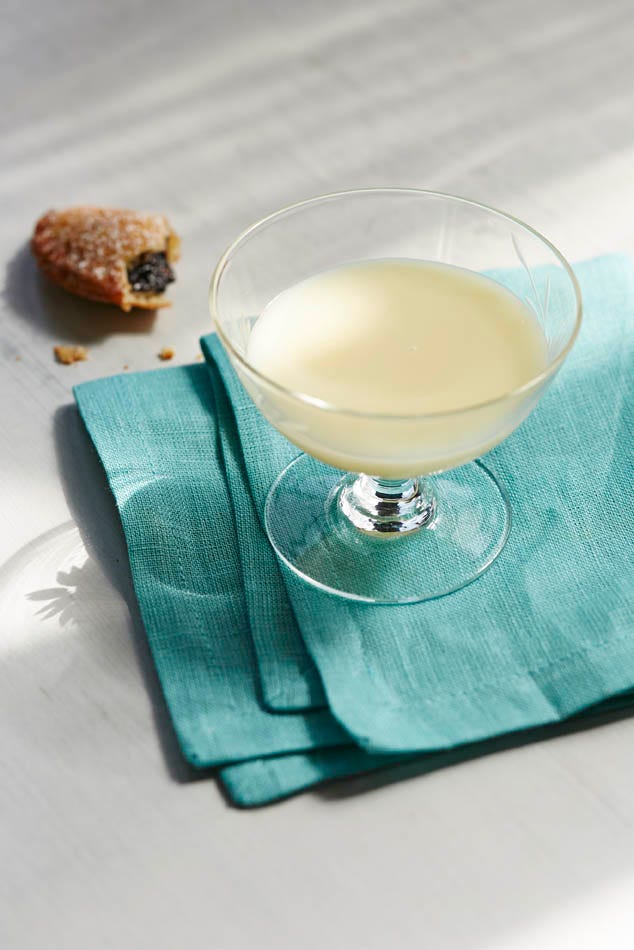
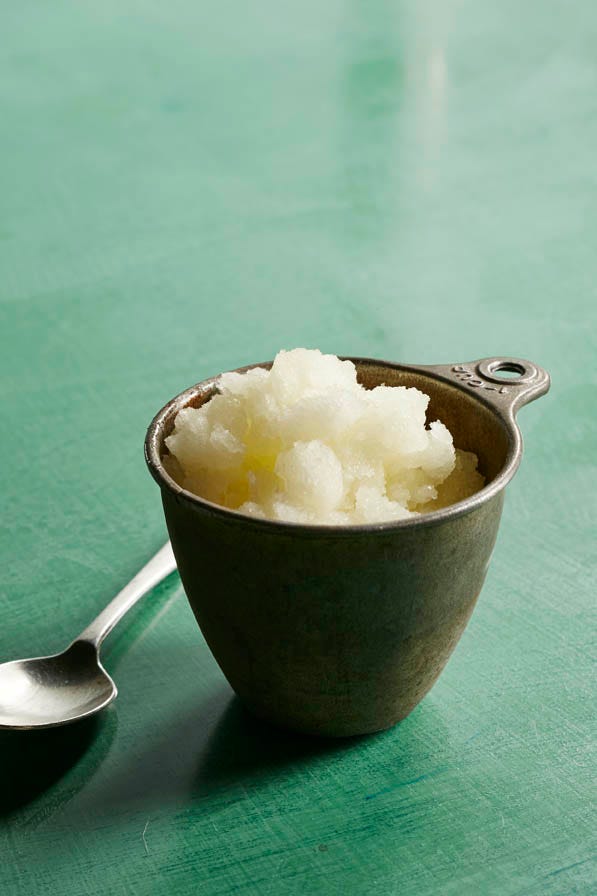
Adding cream to limoncello may seem like an unnecessary indulgence. But trust me, on those nights in midsummer when it’s too hot to even breathe, a little glass of this luxurious cordial, poured straight from the freezer, is a life-saving measure. Don’t toss those lemons after you’ve used the peels for your limoncello. Squeeze out the juice and make fresh lemon granita.
Click on the buttons below for the full, printable recipes, available to paid subscribers.
RECIPE: Homemade Sambuca (Zammù)
I am aware that not everyone shares my love of Sambuca—or anise-flavored anything, for that matter. But if you are in the anise camp, and I hope you are, then this liqueur is for you. It is sweet, but not overly so, and warmly spiced, laced with the flavors of licorice and cinnamon.
I adapted this recipe slightly from the one in Victoria Granof’s delicious dessert book, Sicily, My Sweet, which I wrote about here. In the headnote to her recipe, Victoria writes that in the days before public health and clean water laws, there were merchants called acquavitari who sold water in Palermo. They spiked their water with a few drops of zammù (dialect for Sambuca), which served as a disinfectant. People developed a taste for it, and even today you’ll find acqua zammù sold at kiosks all over the city.
Note that you’ll need a little patience for this recipe. The spices need to steep in the alcohol for 40 days, according to Victoria’s recipe. Still, if you start now, you can be sipping your zammù by early August. Also, if you happen to also be a coffee lover, treat yourself to a caffè corretto (“corrected” coffee) by adding a splash of Sambuca to your espresso.
Click on the button below for the full, printable recipe, available to paid subscribers.
Thanks, as always, for reading, subscribing, and sharing. We’ll be back on July 6!
Alla prossima,
Domenica






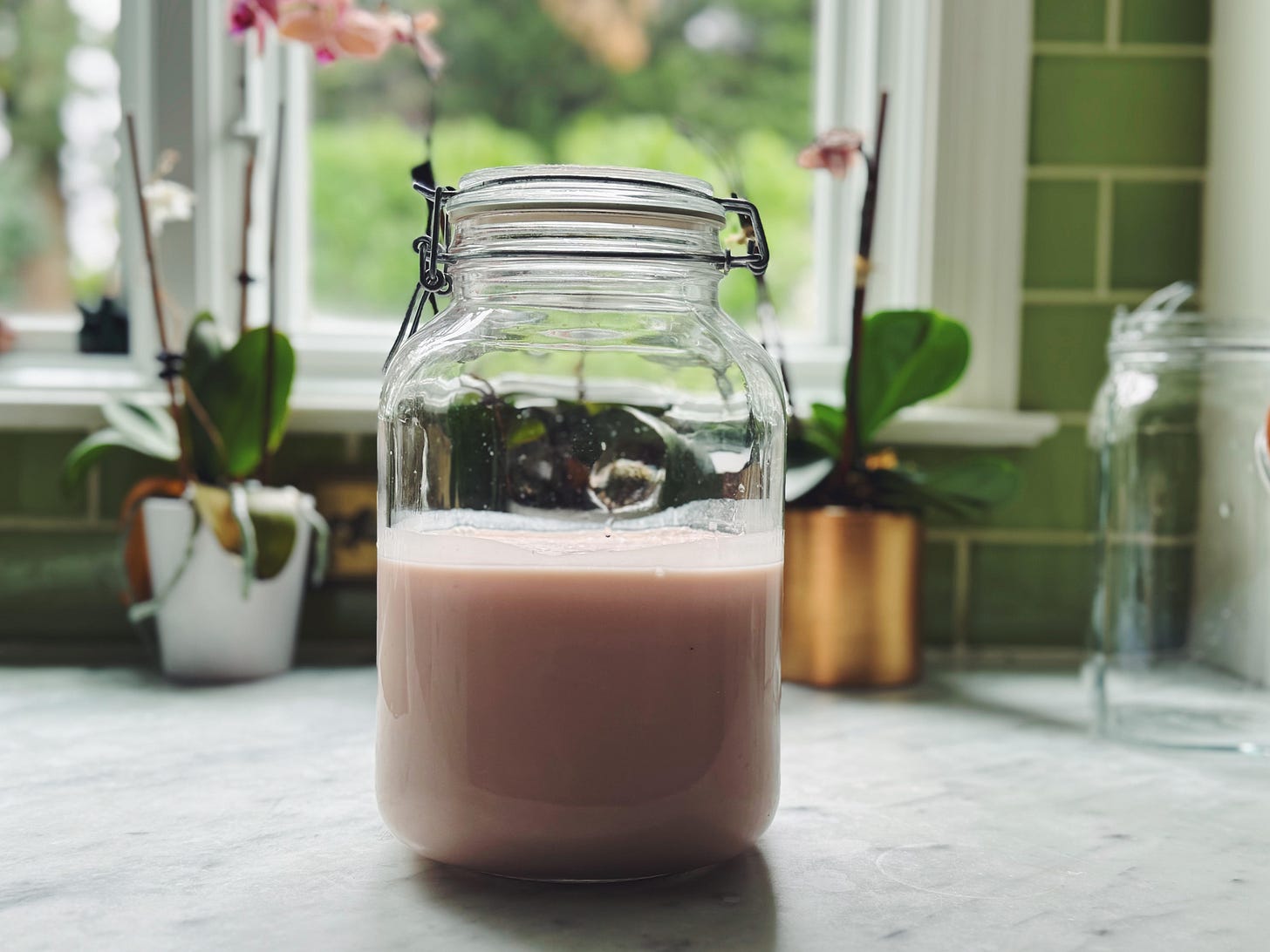
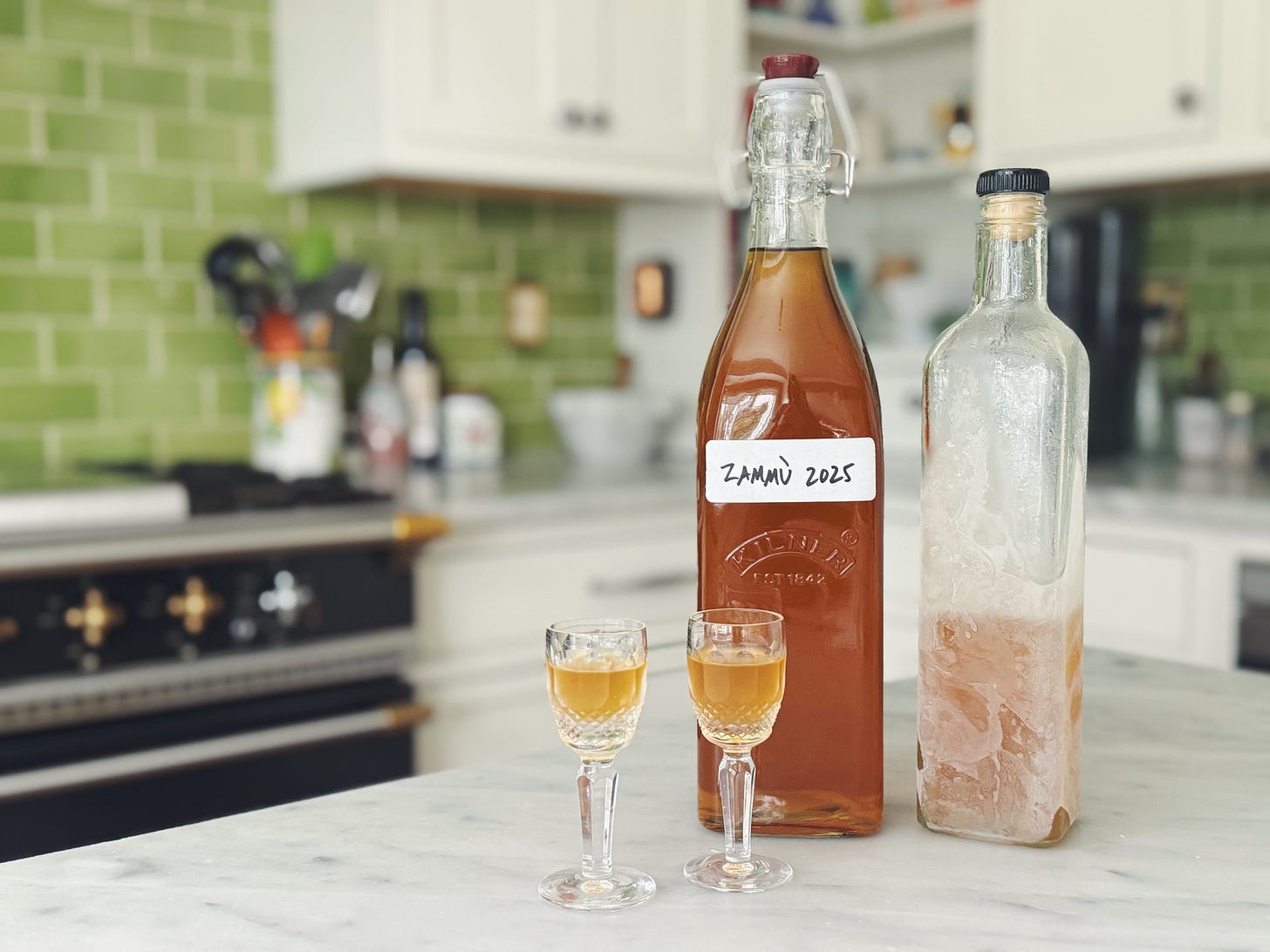
Crema di Fragola sounds like the perfect dessert drink
Hi...hope you are doing well and great with finishing your book!!!
I don't like making limoncello, but I love drinking it. We have a Limoncello Golf Tournament at our club....all the ladies love it 'cause we drink it all day long!!! 😍 I make a toast in Italian and off we go!!!! 😱